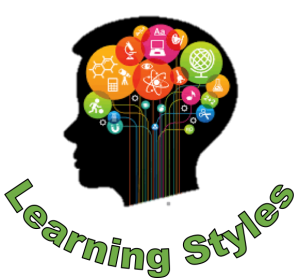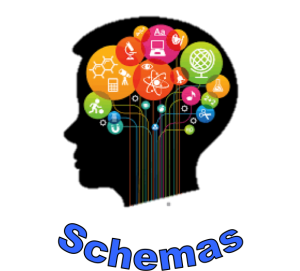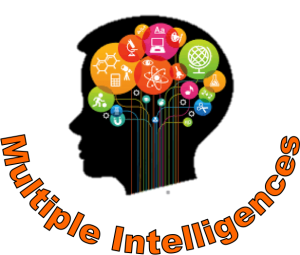Throughout the world there has been a significant amount of time and effort put into research regarding how children and adults learn. There is a large diverse range of different theories that can be applied to different situations. Most theories have been investigated in a classroom environment, however they are easily adapted and applied to the Forest School setting. To learn more about some specific learning theories, follow the links below.
The use of learning theories in a forest school setting is essential to help children develop. When initially planning for a group of adults or children you need to ensure that you provide a variety of different activities and experiences that will appeal to different learning styles, schemas, multiple intelligences or other learning theory. In providing this variety of activities you are allowing all participants an opportunity to thrive. One simple way of providing this experience if offering open ended experiences, with a variety of resources, this allows individuals the opportunity to learn in their own chosen way.
Forest school is considered to be an extended program that runs over the year. During this time you will get to know your group and you will start to learn about their different learning methods. As you get to know the group you may start to differentiate your activities to target the specific learning method shown by specific individuals. By providing targeted activities that appeal to specific learning methods you will be ensuring the individuals get the maximum out of the Forest School Experience.
Personal experience:
When running forest school and outdoor experiences my introductory sessions will often be based around open ended experiences that allow groups/individuals the choice. One of my favourite activities for achieving this is ‘Make a home for…’ . This activity is easily adapted to different situations and as a practitioner you can really build up a back story. For example: the forest borrowers have lost their village in a big storm and now they need some help to rebuild, making it even stronger. This activity brings with it lots of choices and if resourced with additional materials can create even more:
- Will I work on my own or a group.
- Which location will I use, will it be far away from others or close by.
- Which materials should I use, leaves, twigs, moulding clay.
- What shape will I make by building, will it be round, enclose, envelop the borrower.
- Will I follow the written instructions provided, look at some of the provided pictures or create my own.
Whilst the activity is going on I would usually be making observations from a distance to begin with and as time passes I may approach individuals or groups and ask them questions about their building. The free choice within the activity is excellent for exposing individuals learning methods, which you can then use to help plan your next session. I usually surreptitiously make notes/observations during the session to act as a reminder to help me plan my next session (Click here for observations form).



